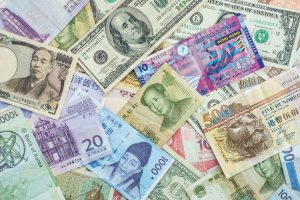Paper Money Eventually Returns to Its Intrinsic Value – Zero
The comments below are an edited and abridged synopsis of an article by Alex Deluce
In socialist Venezuela, the price of a cup of coffee has doubled every few weeks. The annual inflation rate could hit 1,000,000 percent by year end. President Maduro’s solution to the problem was to knock 3 zeros off the hyperinflated bolivar and call it a “miracle solution.”
At one time, Venezuela had the largest oil reserves in the world, which provided steady revenues for the country and a good living for its citizens.

The causes of hyperinflation are always the same, yet countries refuse to learn from history. Germany, Zimbabwe and Bulgaria are examples of countries that have previously experienced the misery of hyperinflation.
Gold acts as the best anchor currency, because the value of gold is dependent on market forces instead of government manipulation and whim.
When governments begin to print money to pay off their debts, the money supply increases, as do prices. When goods become unaffordable, their demand increases, sending prices even higher. People begin to hoard goods, creating even greater shortages and higher prices. And governments continue to print money that keeps losing value. The formula is tried and true. Still, it continues. Since anyone can state why a commodity that is rarer will be more valuable, it is puzzling that central banks and governments can’t seem to grasp that increasing the money supply makes it naturally less valuable.
No country, if properly mismanaged, is immune to hyperinflation. Gold and silver are the best counterattack for individuals faced with fiat currency and spiraling costs. Hard assets are beyond the control of government manipulation and retain their value during the worst of time. Especially in the worst of times.

Pingback: The Invention of Money | BMG